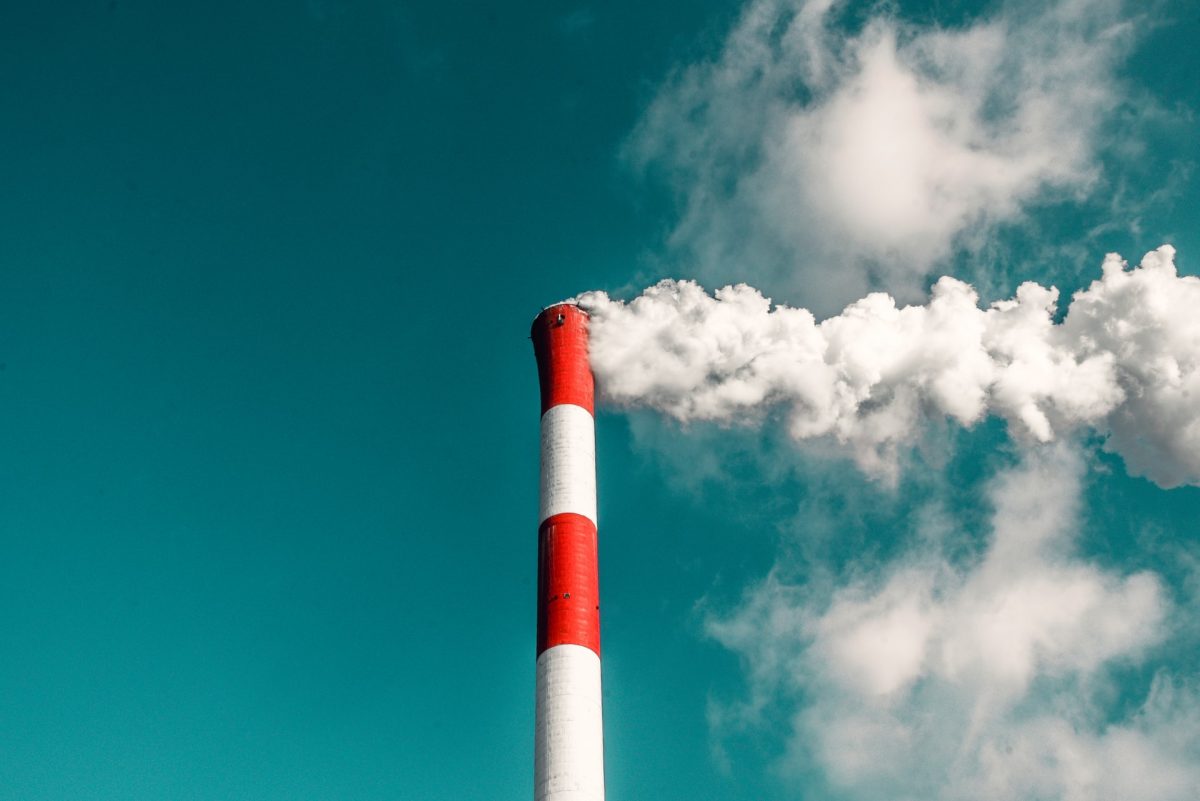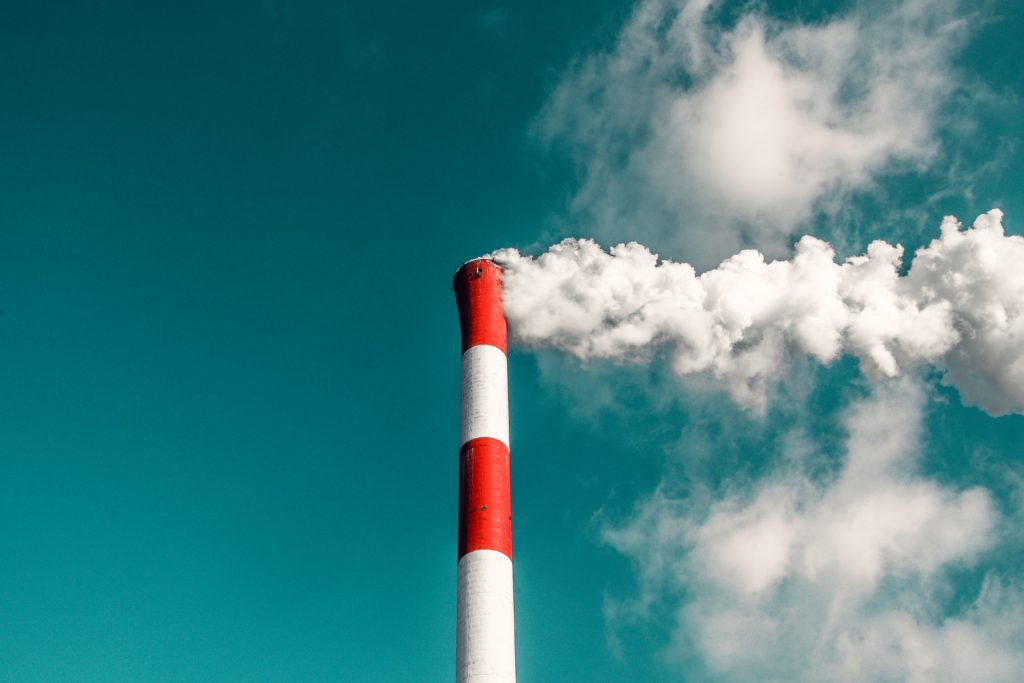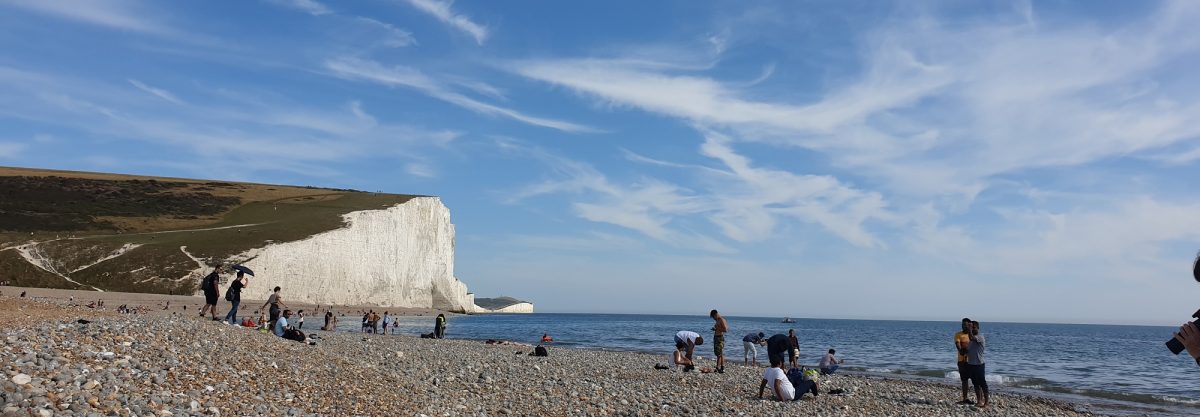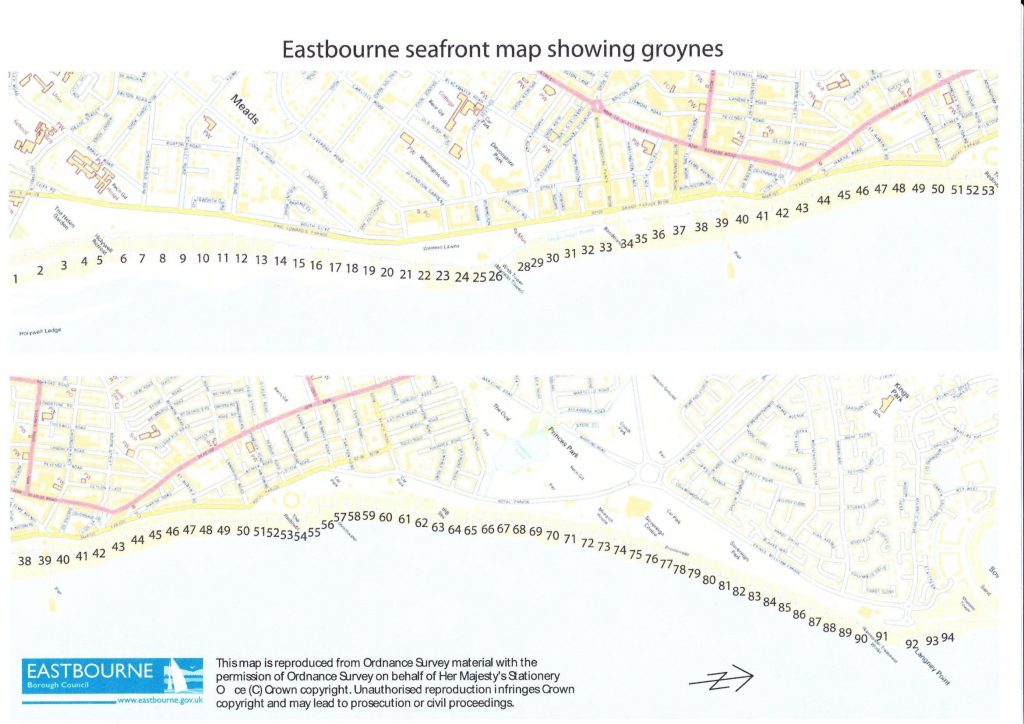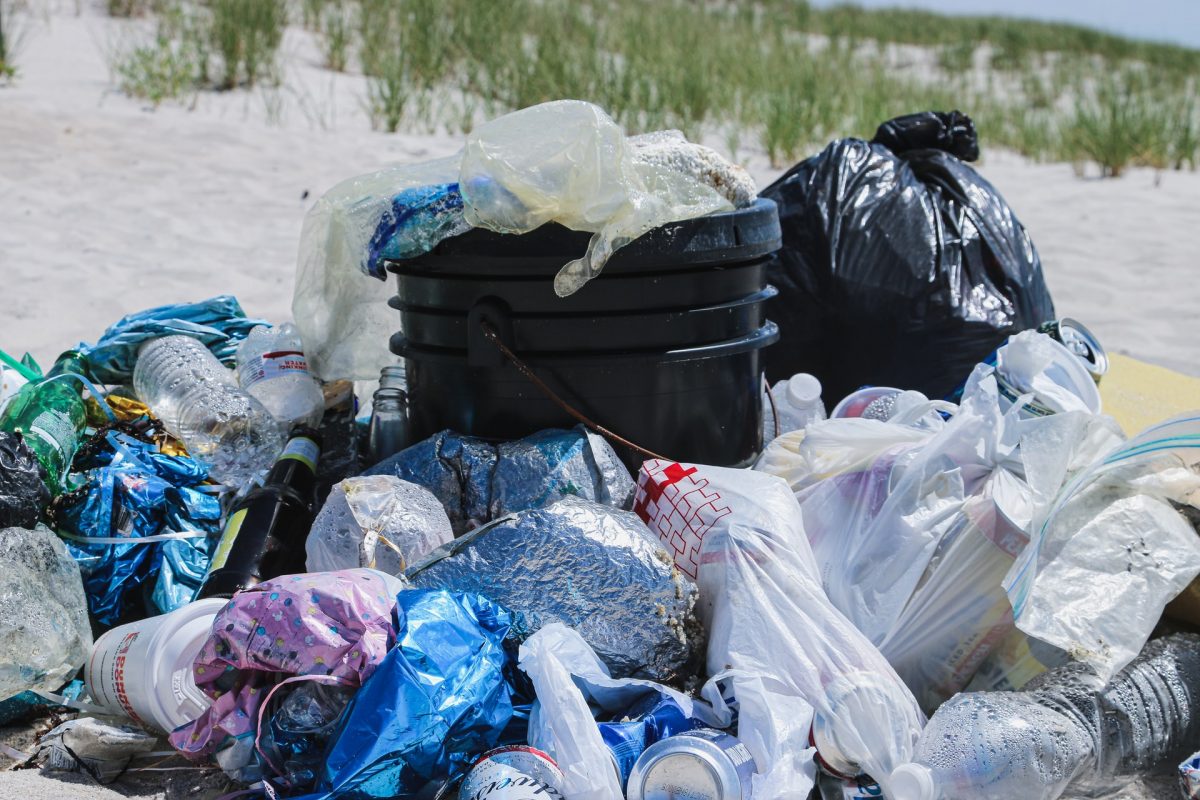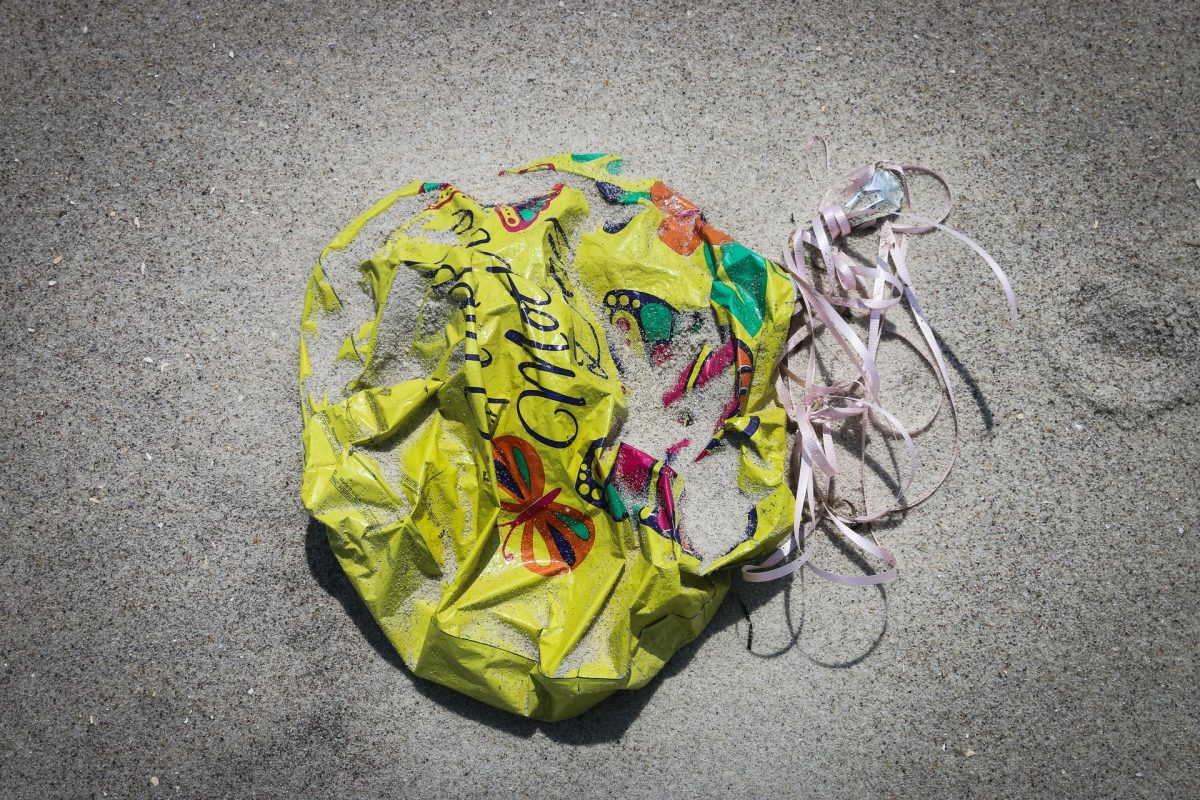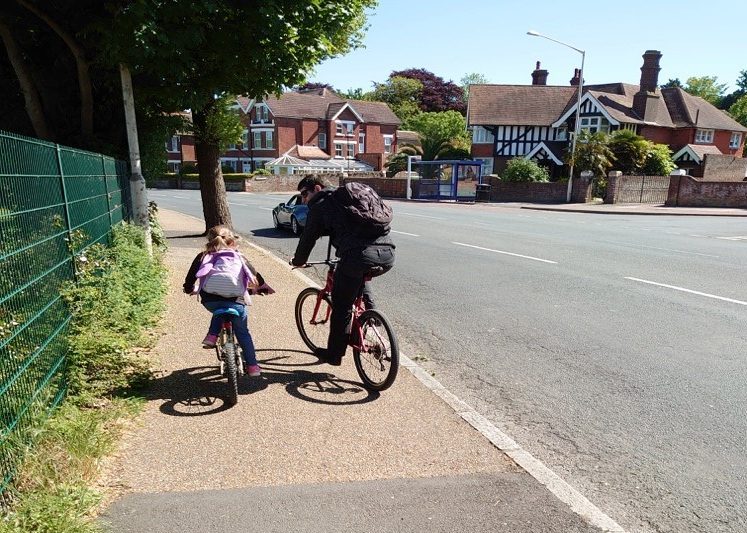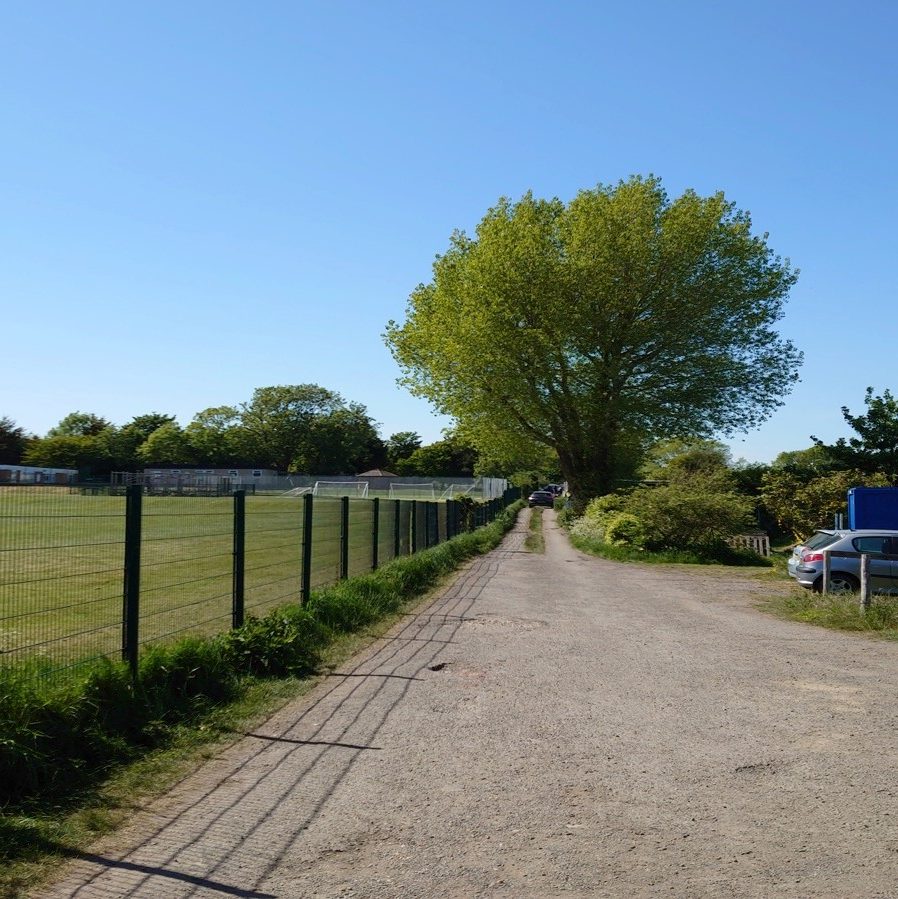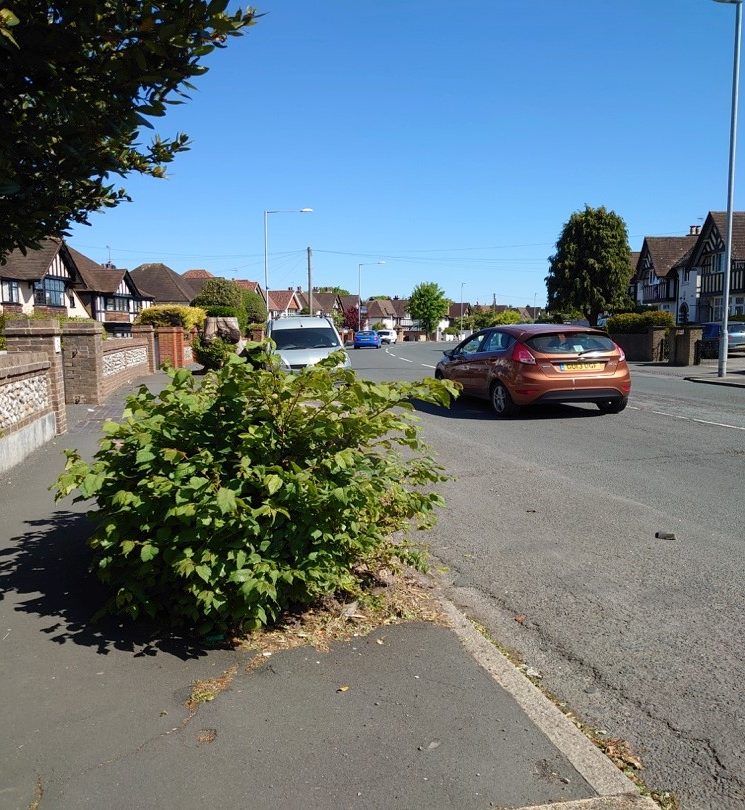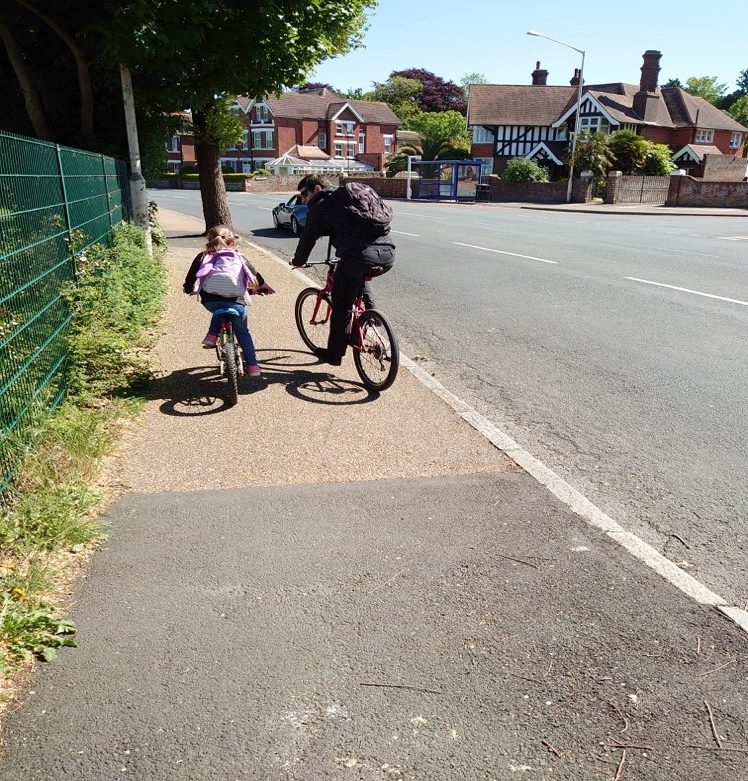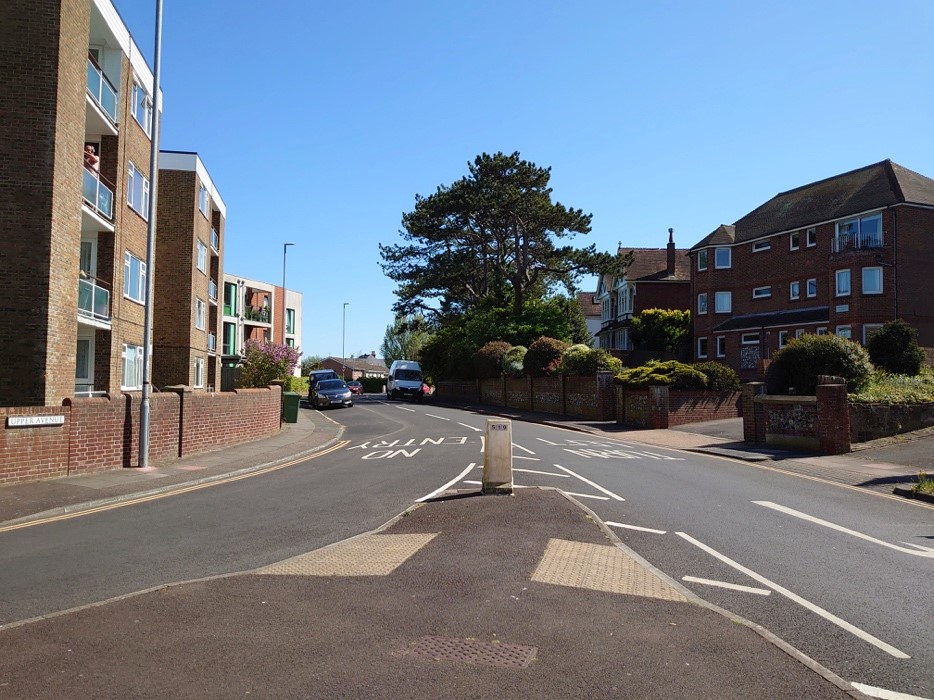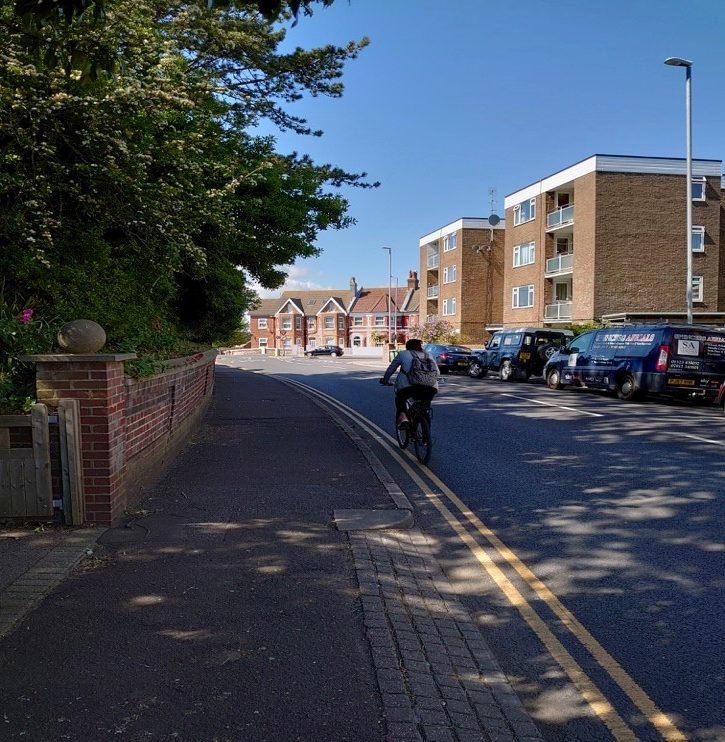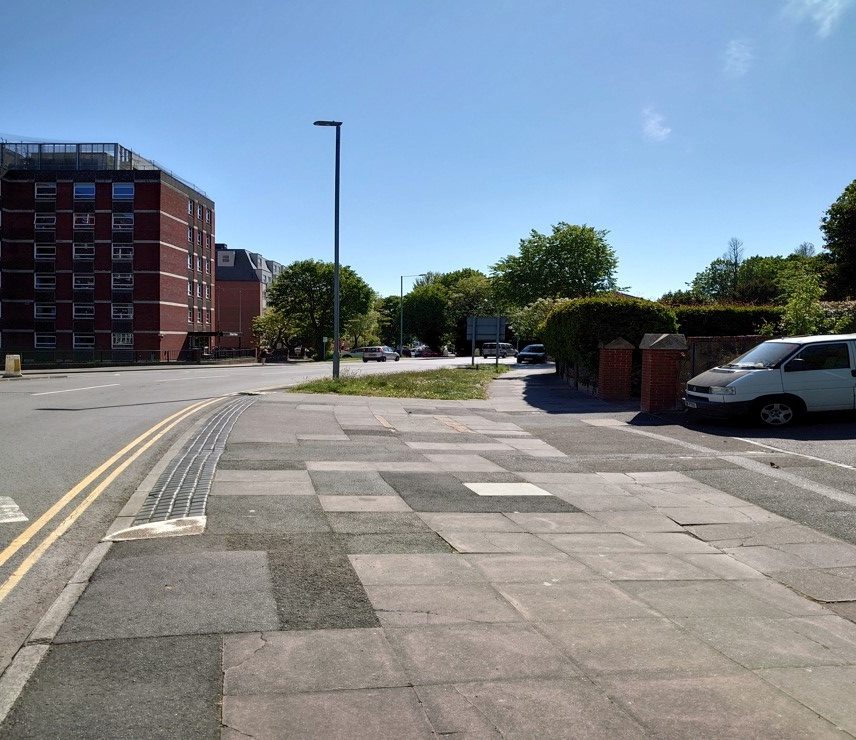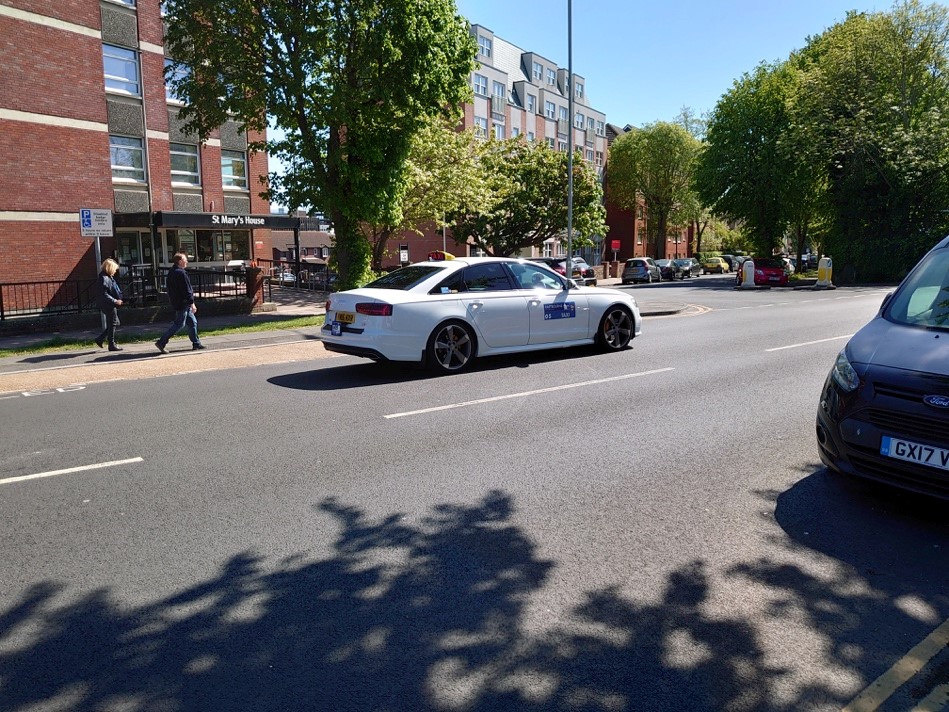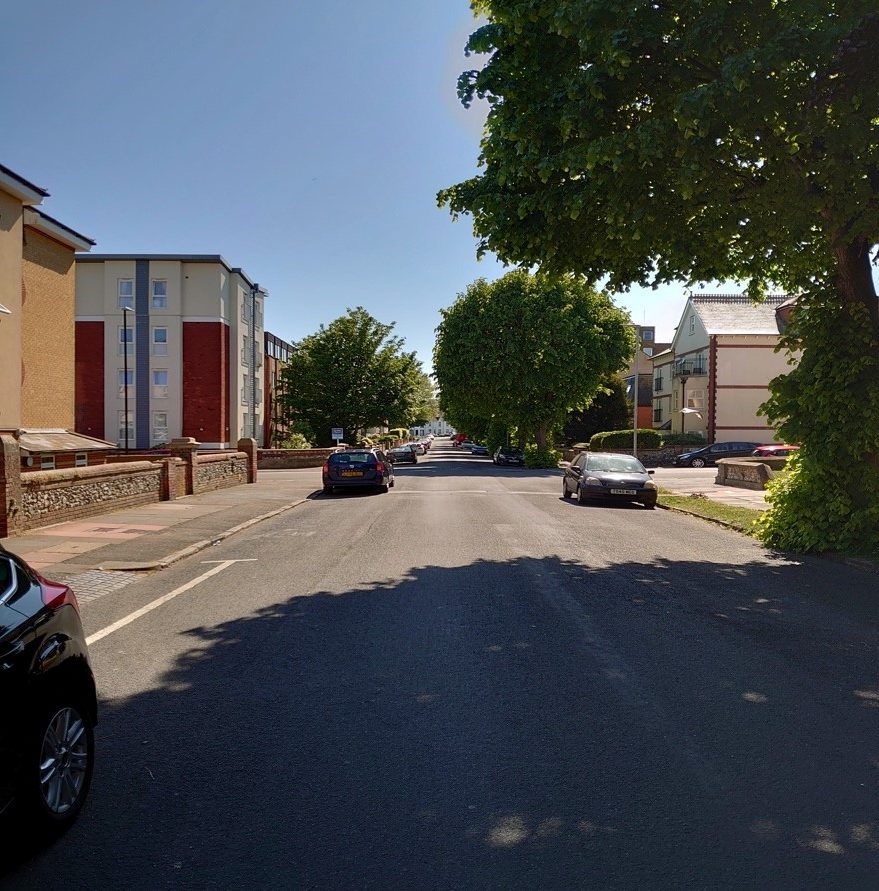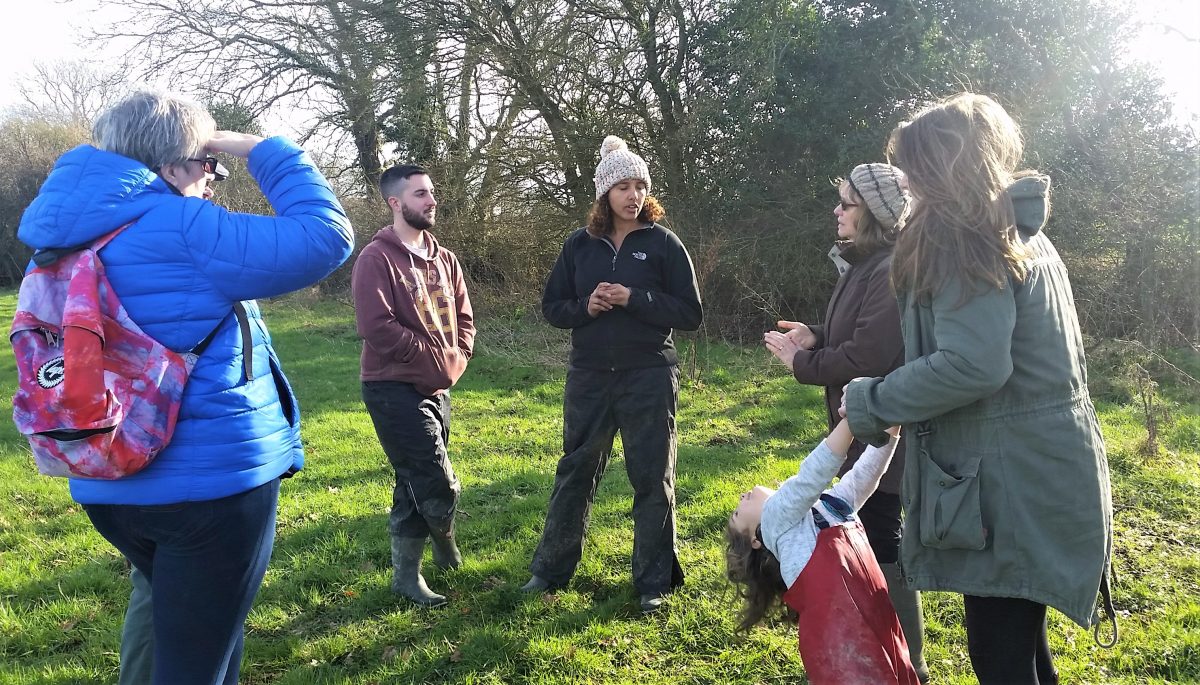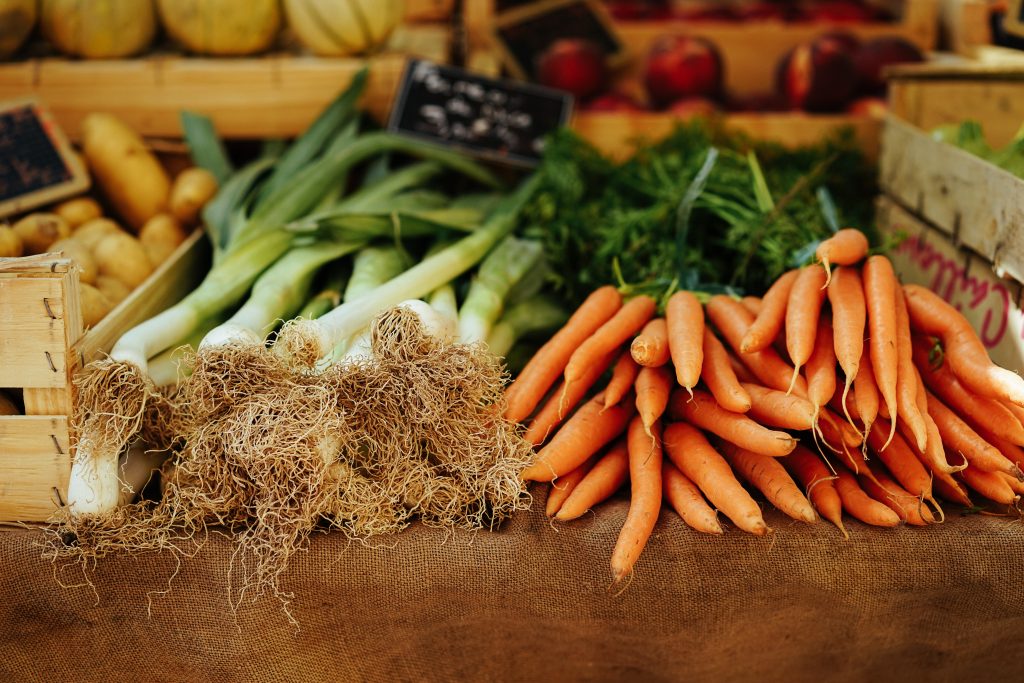Well, who would have expected so many people turning out for this event during a seriously concerning period! Not only did people come out in force to clean every single one of the 93 beaches alongside our seafront – volunteers also chose to clean our promenade, the coastline beyond our main beach eastwards beyond the Marina and westward towards Beachy Head. Others went into our parks and carried out park cleans.

This was a unique event, made possible by the fact that our beach is divided into 93 separate beaches by groynes. Each volunteer group was able to be completely socially distanced by cleaning just their own allocated beach.
Every group was asked to complete a Marine Conservation Society survey of the itemised debris collected. This is being collated and will form an invaluable database to help monitor our coastline.
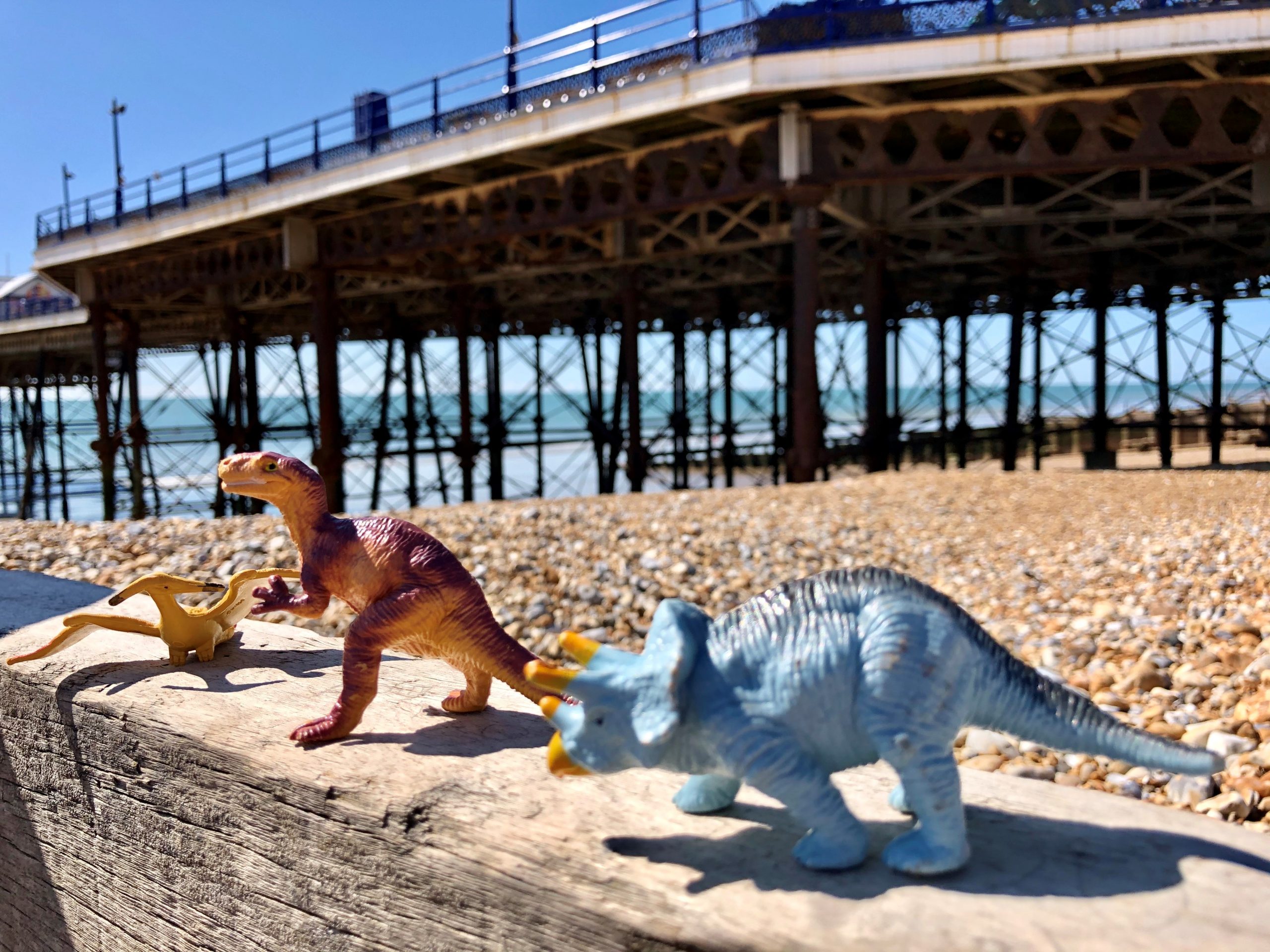
This event has had a knock-on effect of groups wanting to get involved in cleaning on the Downs, more of our local parks and continuing with beach cleaning. One group, Catch22, is planning a further beach clean event next month. Well done all of you! What a great weekend it was too with the weather.

This event had two objectives: firstly, our beach was cleared of debris; secondly, our self-confidence and our sense of being able to work creatively and positively during this worrying era as a community was achieved. Eastbourne has a well-deserved reputation for rising to challenges and bringing about improvement to our town and to our surroundings.
Ways you can support us and find out more:
- contact us: plasticfreeeastbourne@gmail.com or phone 07971 909454
- visit BHASSEXPLORE website where you will learn about the efforts to remove beach debris from a most inhospitable stretch of coastline where the iconic Beachy Head Lighthouse is standing.
- offer to volunteer to help especially if you have relevant skills or interests.
- lookout for the results of the photo competition using the photo record of our beach clean – the photos with this blog are just a small flavour of the excellent entry list. There are prizes too!
We are working towards a carbon neutral town by 2030.
Oliver Sterno
Community Leader, Plastic Free Eastbourne
Co-ordinator, Refill Eastbourne

